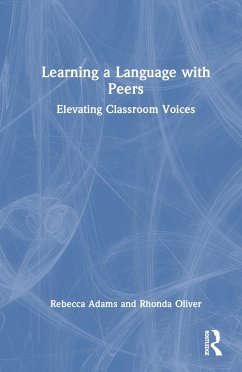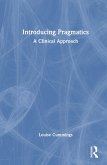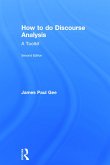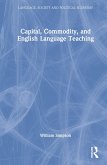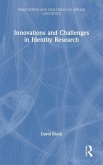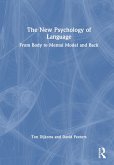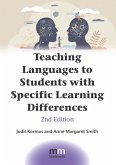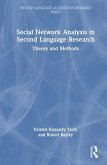Drawing on experiences of ESOL teachers from around the world, this book provides insights into how peer learning is understood and used in real language classrooms. Based on survey responses, interviews, and observations in a wide range of classroom settings, this book integrates research on peer interaction in second language learning from cognitive and social frameworks with original data on teacher beliefs and practices around the use of peer learning in their teaching. Readers will gain understanding, through teachers' own words, of how peer interaction is used to teach linguistic form, how learners collaborate to develop oral and written communication skills, and how technology is used with peer learning. This book also delineates the ways that current second language peer interaction research diverges from classroom practice and concludes with a classroom-centered research agenda that addresses the nexus of research and practice on second language peer interaction. The book provides a template for integrating research- and practice-based perspectives on second language learning. Language teachers, teacher educators, second language researchers, and advanced students of applied linguistics, SLA, TESOL, and language pedagogy will benefit from this volume's perspective and unique work.
Hinweis: Dieser Artikel kann nur an eine deutsche Lieferadresse ausgeliefert werden.
Hinweis: Dieser Artikel kann nur an eine deutsche Lieferadresse ausgeliefert werden.
Adams and Oliver's volume is a much-needed contribution. It provides second language researchers with teachers' insights into the role of peer interaction and into their successes and challenges when implementing interactive tasks in their classrooms. Most importantly in my opinion, the volume offers a research agenda on interaction grounded in the realities of classroom language teaching.
María del Pilar García Mayo, Universidad del País Vasco (UPV/EHU)
Adams and Oliver's Learning a Language with Peers: Elevating Classroom Voices delivers a state-of-the-art exploration of peer interaction from the expertise and experiences of language teachers in diverse contexts. An ideal complement to their 2019 empirically focused volume, this book provides an unprecedented look at the nuances of peer interaction with tangible, concrete ideas on how to maximize classroom language learning. A must-read for language teachers and research-focused academics alike.
Laura Gurzynski-Weiss, Indiana University
María del Pilar García Mayo, Universidad del País Vasco (UPV/EHU)
Adams and Oliver's Learning a Language with Peers: Elevating Classroom Voices delivers a state-of-the-art exploration of peer interaction from the expertise and experiences of language teachers in diverse contexts. An ideal complement to their 2019 empirically focused volume, this book provides an unprecedented look at the nuances of peer interaction with tangible, concrete ideas on how to maximize classroom language learning. A must-read for language teachers and research-focused academics alike.
Laura Gurzynski-Weiss, Indiana University

